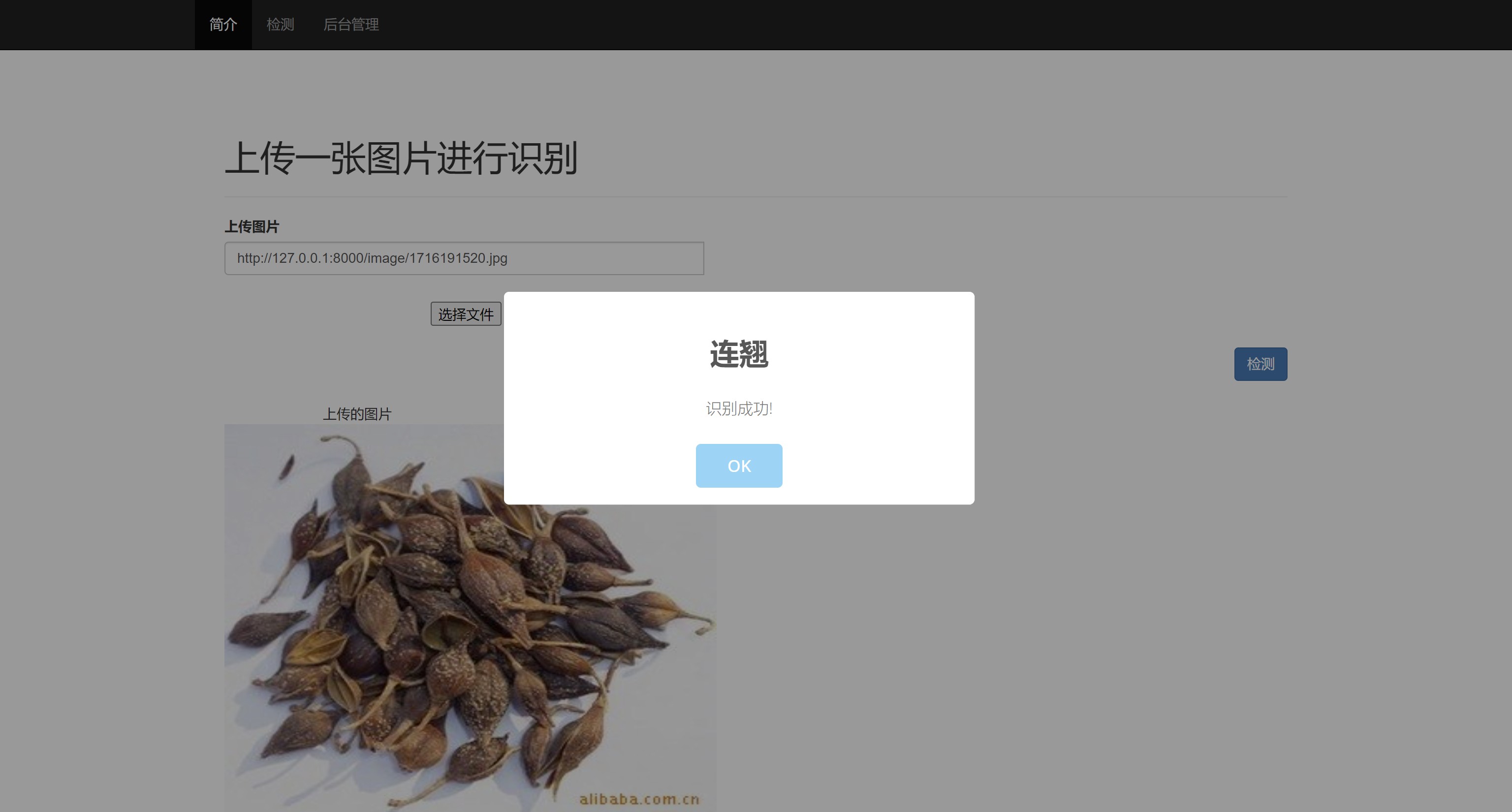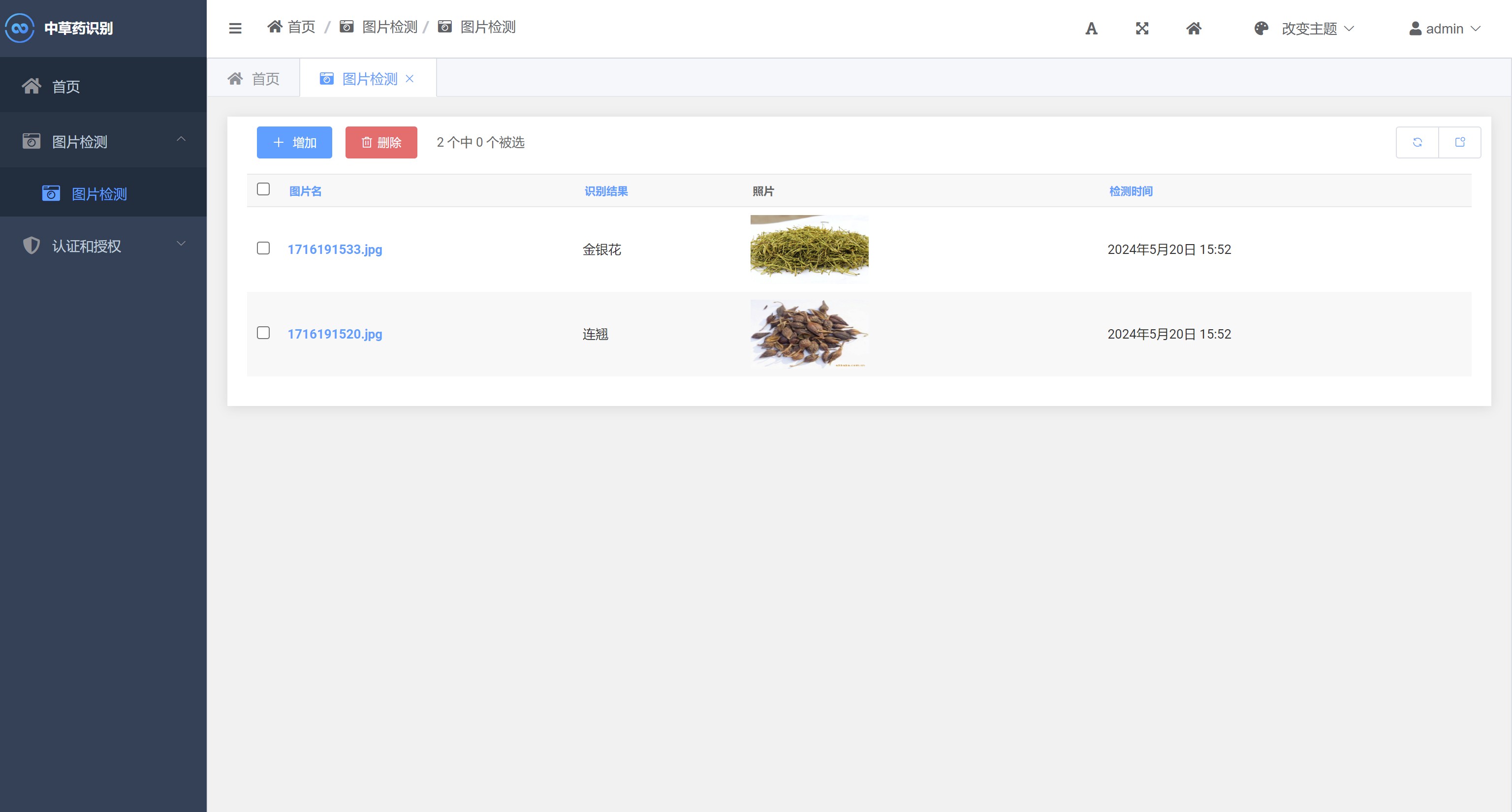中草药识别系统Python+深度学习人工智能+TensorFlow+卷积神经网络算法模型
作者:子午2024.05.30 22:03浏览量:159简介:中草药识别系统Python+深度学习人工智能+TensorFlow+卷积神经网络算法模型
一、介绍
中草药识别系统。本系统基于TensorFlow搭建卷积神经网络算法(ResNet50算法)通过对10中常见的中草药图片数据集(’丹参’, ‘五味子’, ‘山茱萸’, ‘柴胡’, ‘桔梗’, ‘牡丹皮’, ‘连翘’, ‘金银花’, ‘黄姜’, ‘黄芩’)进行训练,得到一个识别精度较高的H5格式模型文件,然后基于Django开发可视化的Web网页操作界面,实现用户上传一张图片识别其名称。
二、效果图片展示



三、演示视频 and 代码 and 安装
地址:https://www.yuque.com/ziwu/yygu3z/fqkwp6aa2ely3tpx
四、TensorFlow介绍
TensorFlow是一个由Google开发的开源机器学习库,广泛应用于各种人工智能领域,特别是在图像识别技术方面表现出色。它支持多种语言接口,其中Python是最常用的一种。TensorFlow提供了灵活且强大的工具集,可以用来开发复杂的图像识别模型,如卷积神经网络(CNN)。
在图像识别方面,TensorFlow的几个主要特点包括:
- 高性能计算支持:TensorFlow可以利用GPU和TPU进行高效的数值计算,极大地加速了模型的训练和推断过程。
- 灵活的模型构建:TensorFlow提供了多种构建模型的方式,包括顺序模型、函数式API以及低级API,使得开发者能够根据需要灵活选择。
- 丰富的预训练模型和资源:通过TensorFlow Hub,用户可以访问大量的预训练模型,这些模型可以被用来进行迁移学习,显著降低开发新模型的时间和资源消耗。
- 强大的社区和生态系统:作为一个由Google支持的项目,TensorFlow拥有广泛的开发者社区和生态系统,提供丰富的教程、工具和库来支持开发者。
下面是使用TensorFlow构建一个简单的CNN模型来分类CIFAR-10数据库中的图像。CIFAR-10是一个常用的图像分类数据集,包含60000张32x32的彩色图像,分为10个类别。
import tensorflow as tf
from tensorflow.keras import layers, models
import numpy as not
# 加载CIFAR-10数据集
(train_images, train_labels), (test_images, test_labels) = tf.keras.datasets.cifar10.load_data()
# 数据预处理,归一化
train_images, test_images = train_images / 255.0, test_images / 255.0
# 构建模型
model = models.Sequential()
model.add(layers.Conv2D(32, (3, 3), activation='relu', input_shape=(32, 32, 3)))
model.add(layers.MaxPooling2D((2, 2)))
model.add(layers.Conv2D(64, (3, 3), activation='relu'))
model.add(layers.MaxPooling2D((2, 2)))
model.add(layers.Conv2D(64, (3, 3), activation='relu'))
model.add(layers.Flatten())
model.add(layers.Dense(64, activation='relu'))
model.add(layers.Dense(10))
# 编译模型
model.compile(optimizer='adam',
loss=tf.keras.losses.SparseCategoricalCrossentropy(from_logits=True),
metrics=['accuracy'])
# 训练模型
history = model.fit(train_images, train_labels, epochs=10,
validation_data=(test. images, test_labels))
# 评估模型
test_loss, test_acc = model.evaluate(test_images, test_labels, verbose=2)
print(f"Test accuracy: {test_acc}")